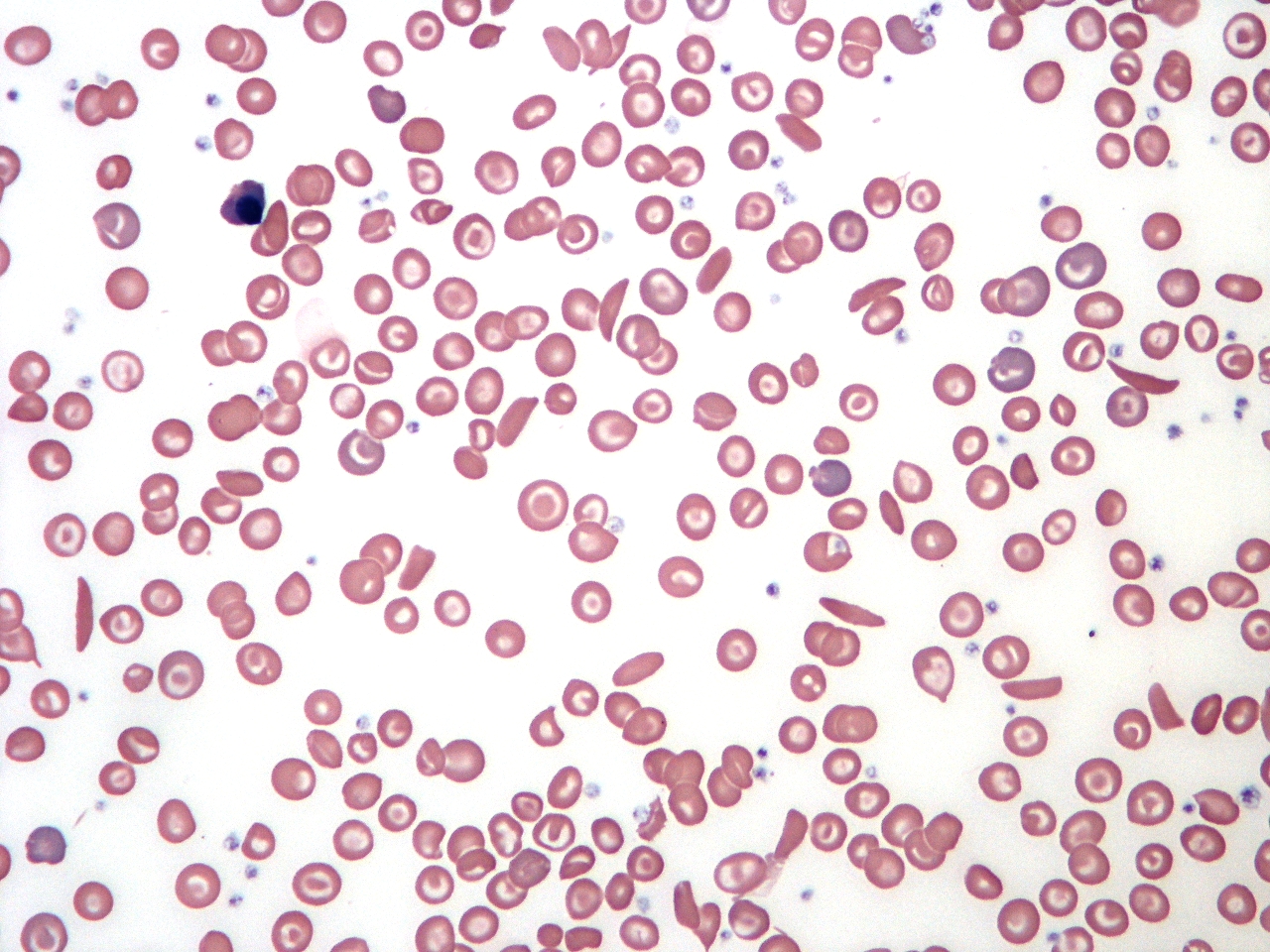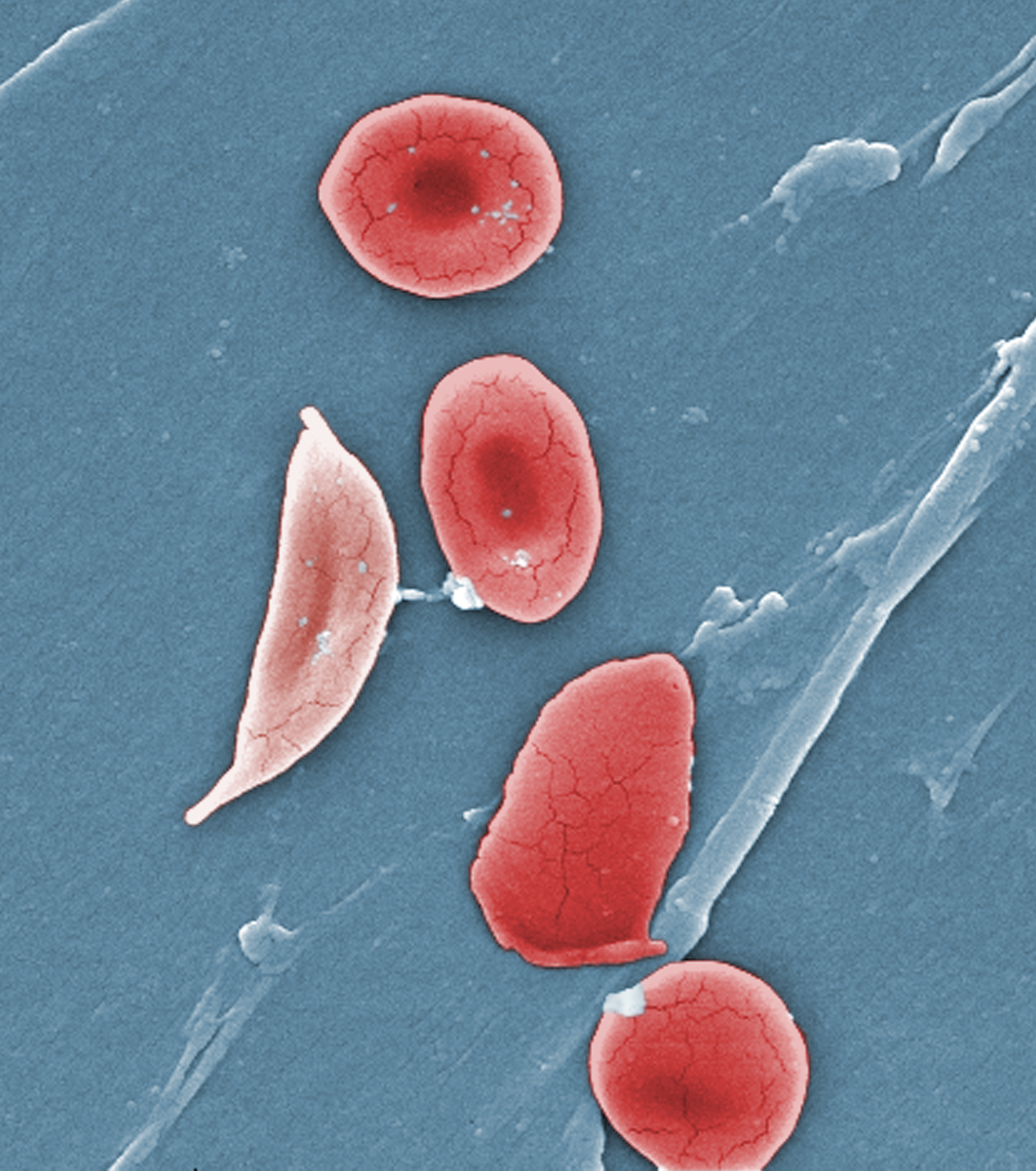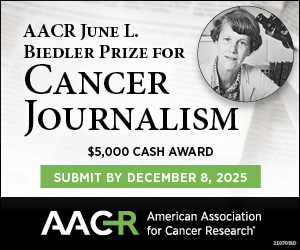By Amy Nippert
Kevin Wake was 9 months old when he was diagnosed with sickle cell anemia. Since then, the 52-year-old has had two strokes and receives blood transfusions every five weeks to reduce the chances of having a third. His repeated pain crises mean frequent trips to the emergency room.
Wake’s disease is the result of a genetic mutation that causes a person’s red blood cells to deform and carry oxygen poorly, leading to blocked vessels, organ damage, and pain. There are few treatments for sickle cell disease, and no cure except bone marrow transplantation, which isn’t feasible for most patients.
Finding treatments requires research; research requires funding. A recent study in the Journal of the American Medical Association Network Open found that from 2008 to 2018, cystic fibrosis research received around three times more funding per person from the National Institutes of Health than sickle cell.
One significant difference between them? Sickle cell disproportionately affects Black people. Cystic fibrosis primarily affects primarily white people.
“I do believe if sickle cell predominantly affected people of European ancestry that we would have more funding,” said Dr. John Strouse, the physician and sickle cell researcher at Duke University who led the study.
Four new drugs were approved for cystic fibrosis in the decade covered by the JAMA study while just one new drug was approved for sickle cell disease.
Since 2019, two additional treatments for sickle cell disease have emerged, but only after “a 20 year drought of new therapies,” Dr. Strouse explained. “It wasn’t because no one was trying … if you had more money you would have had more studies and therapies that had the potential to come to market.”

For Dr. William Amarquaye, a pharmacist whose brother has sickle cell disease, the new treatments provide some hope, “but it’s obviously taken way too long to get to this point because it’s been decades, you know, before these new treatments have arrived,” he said.
Sickle cell disease has also suffered from lower research output compared to cystic fibrosis, the JAMA study found — a rough proxy for research productivity.
Technical hurdles make it relatively difficult to research sickle cell, said David Wood, a University of Minnesota professor unaffiliated with the study, and the field has had trouble recruiting scientists.
However, Wood said: “You can’t ignore the institutional racism piece.”
One promising direction for sickle cell research is gene therapy, including a gene editing technique called CRISPR, which successfully eliminated sickle cell complications in one patient. This has reinvigorated research, leading to the National Institutes of Health’s Cure Sickle Cell Initiative, aimed at curing sickle cell disease.
According to a spokesperson at the National Heart, Lung, and Blood Institute, the NIH doubled its investment in sickle cell research between 2010 and 2019.
For Wake, gene therapy comes too late. His body has already been too damaged by years of sickle cell disease.
“I’m hopeful that it will find a cure for sickle cell...but, you know, it’s been such a long time coming,” he said. “More treatments that can help prevent crises and help me manage my disease state would be better because of where I am right now in my life.”
Dr. Strouse, a practicing hematologist, would like to see this, too. “For cystic fibrosis, what they have is a series of pharmaceutical and mechanical therapies that greatly extend life and function, and that’s really what we would like to have for sickle cell disease.”
Disparities in funding are mirrored by disparities in care.
“The lack of funding for any kind of treatment has coincided with a lack of education in general for healthcare providers,” said Wake, who today is a patient advocate. He and others say it’s important to raise people’s awareness of the disease.

Difficulties accessing treatment, especially pain medications, are all too common for sickle cell patients.
“It’s a very painful and agonizing condition to suffer with and people have to wake up and deal with this every single day,” said Amarquaye.
For Wake, these disparities are interconnected.
“I think research funding is instrumental in not only funding new products and to bring out new hope, but it has a trickle down effect,” he said. “When you have ramped up research taking place you have more people with knowledge and understanding of the disease and exposure to it, and I think that would just trickle down to the everyday care that sickle cell patients could get.”
Amy Nippert is a full time graduate student and a part time science communicator. She is currently working on a Ph.D. in neuroscience at the University of Minnesota. In addition to her work studying the effect of diabetes on the vasculature of the brain and retina, she works as a freelance science writer and editor. Amy earned a B.S. in neuroscience and B.A. in English at the University of Arizona, where she worked as a science writer and editor for the Daily Wildcat. In her spare time, Amy goes curling, dabbles in art, and tries to achieve new heights in a climbing gym. A desert dweller at heart, she can be found wrapped in wool scarves and drinking copious amounts of tea in her laboratory.
This story was produced as part of NASW's David Perlman Summer Mentoring Program, which was launched in 2020 by our Education Committee. Nippert was mentored by Kelly Tyrrell.




